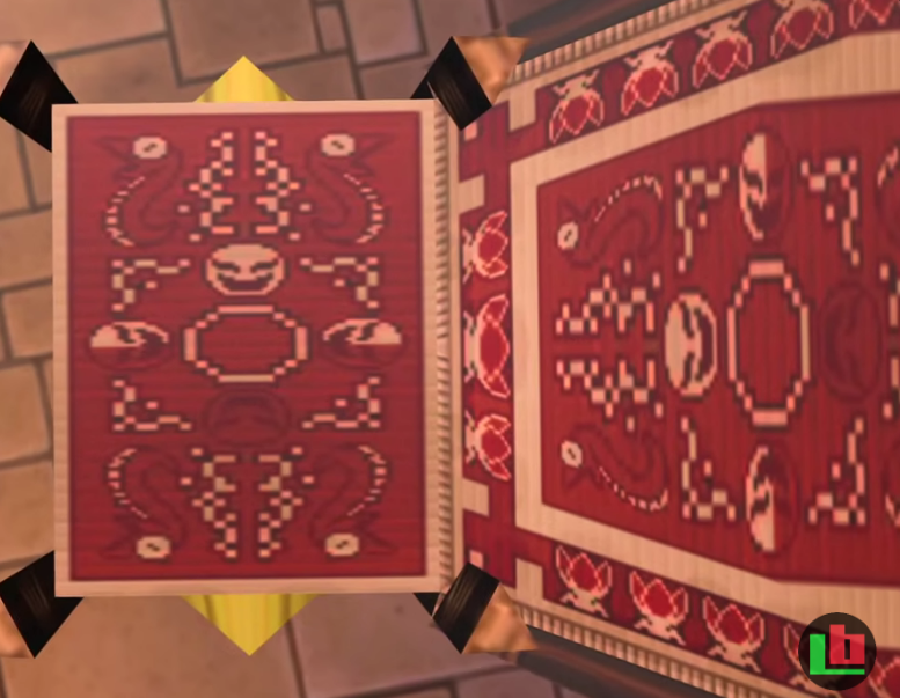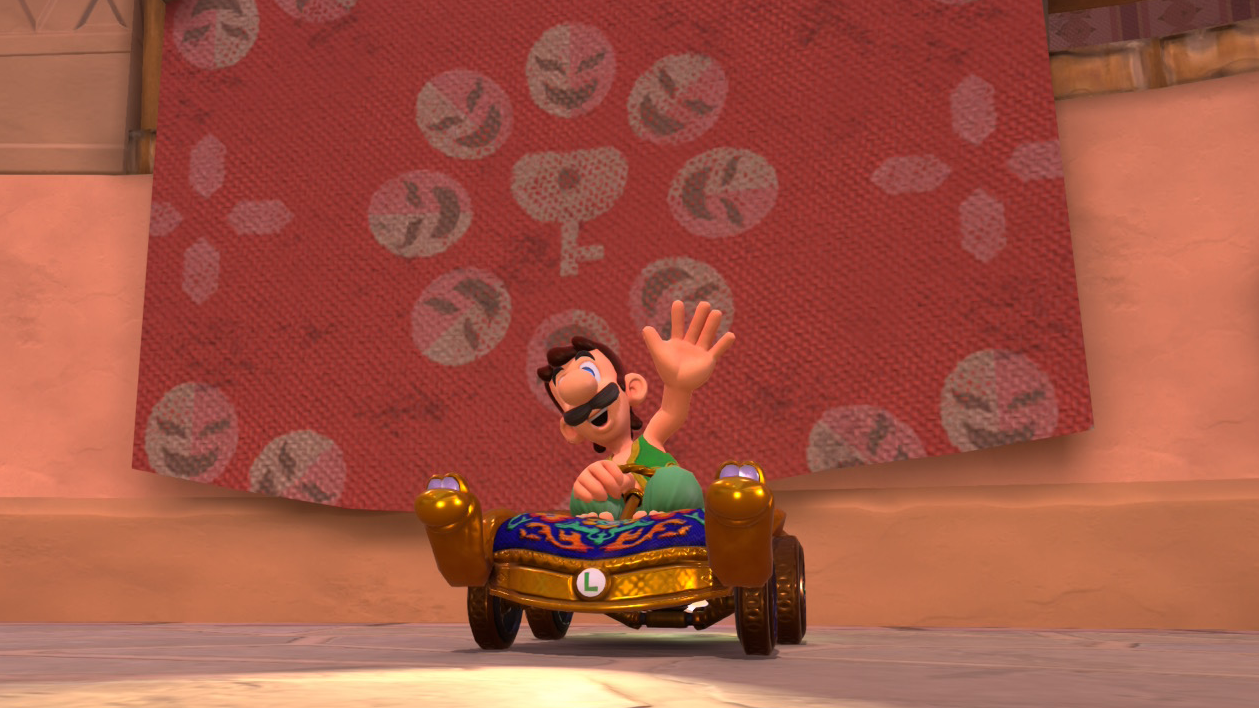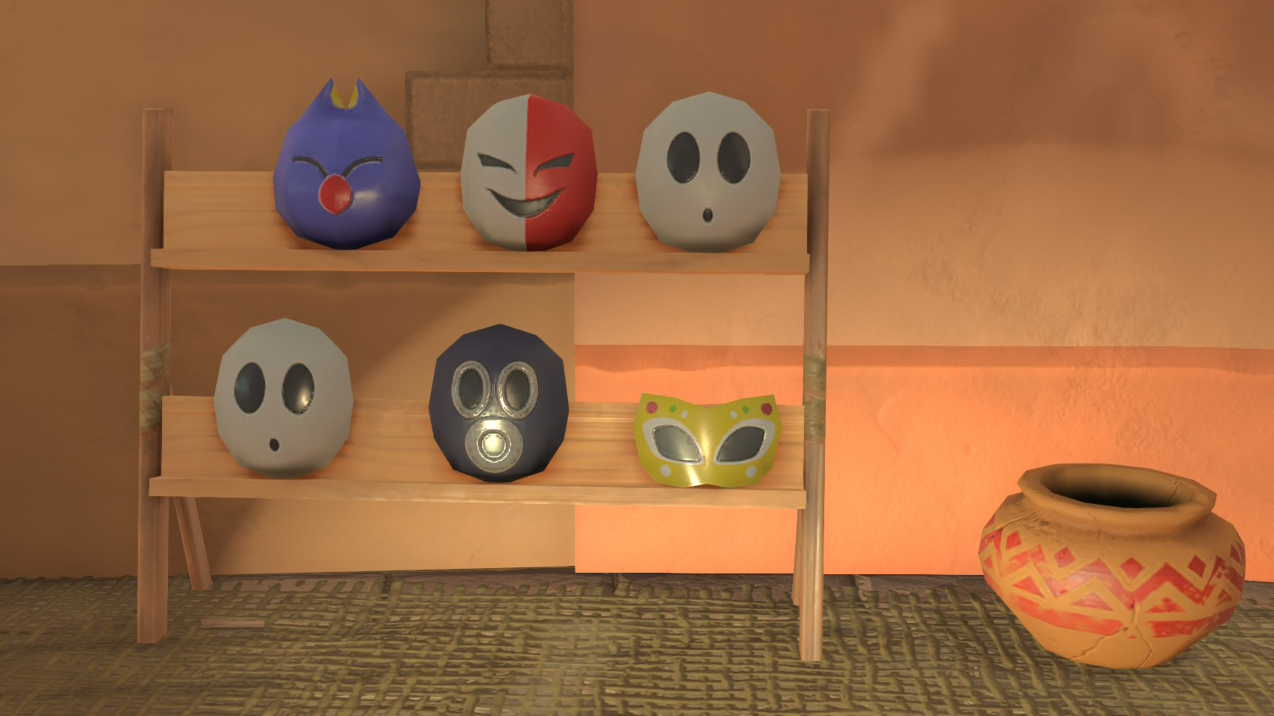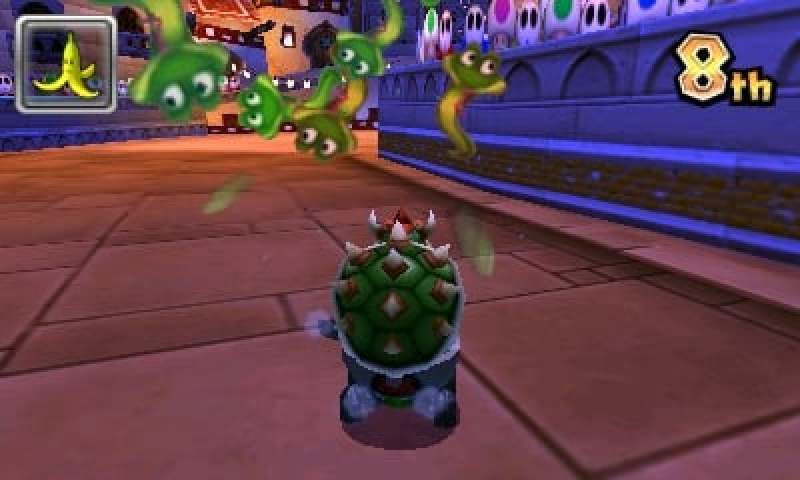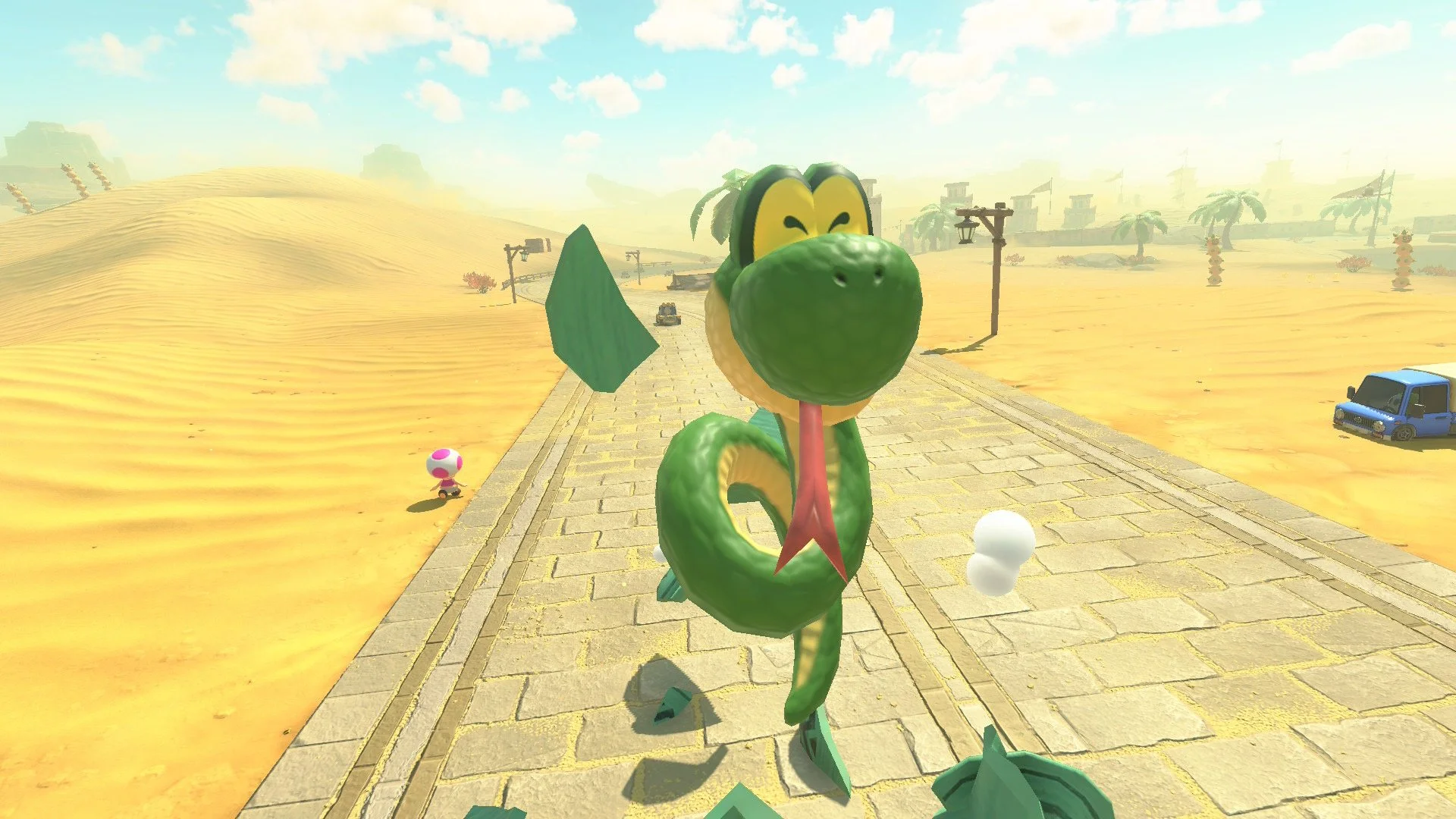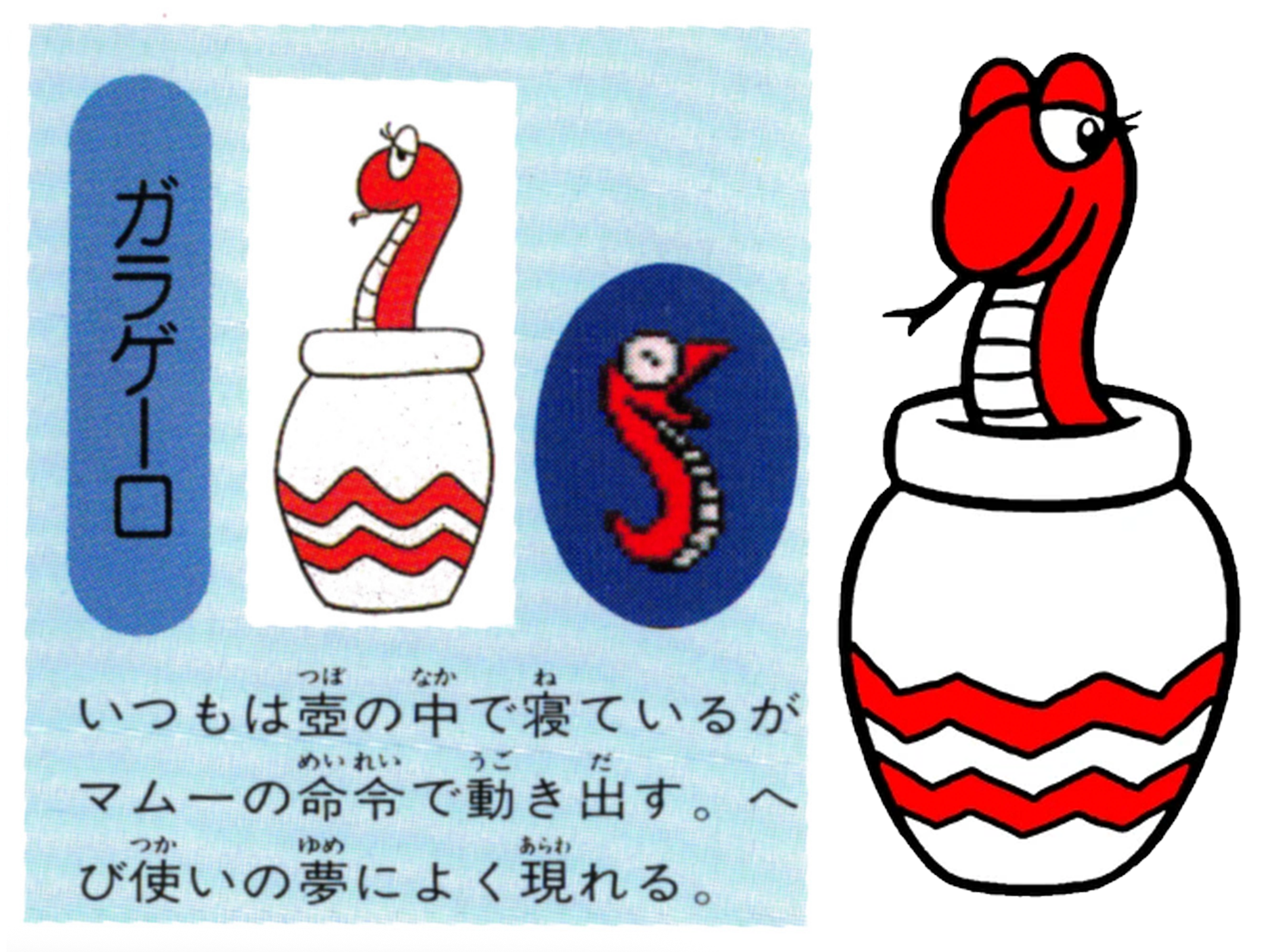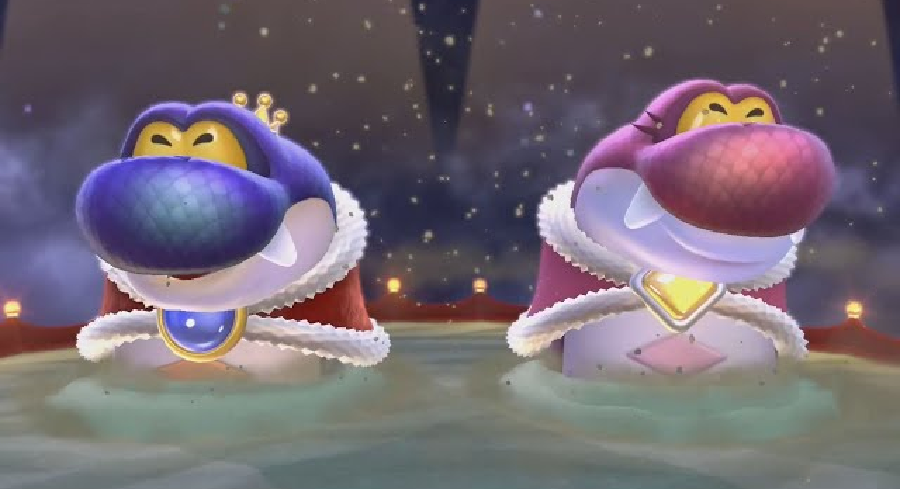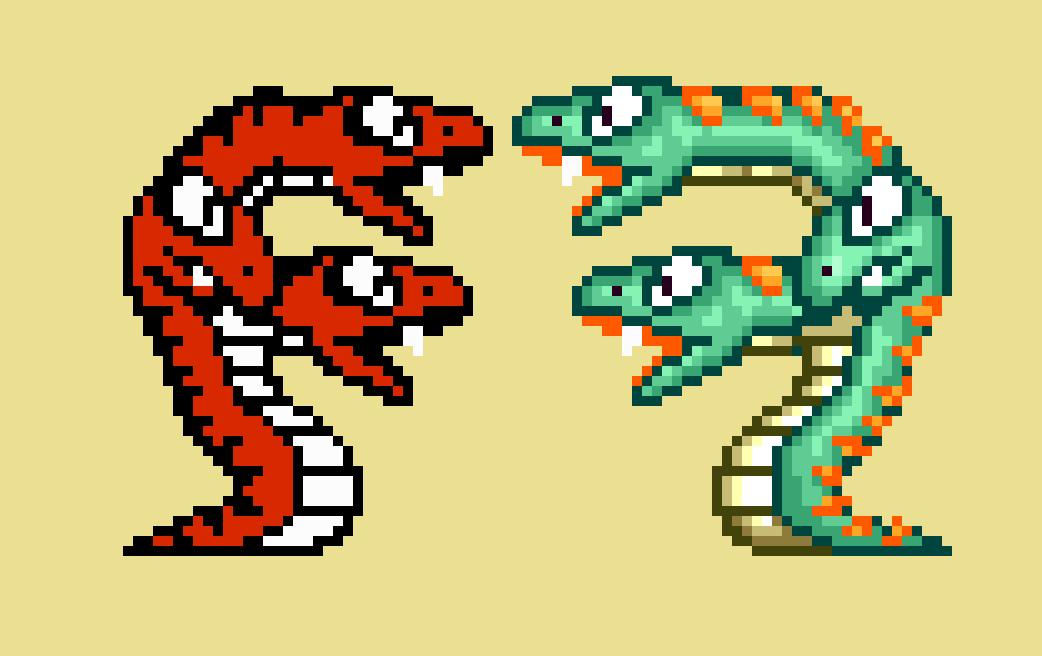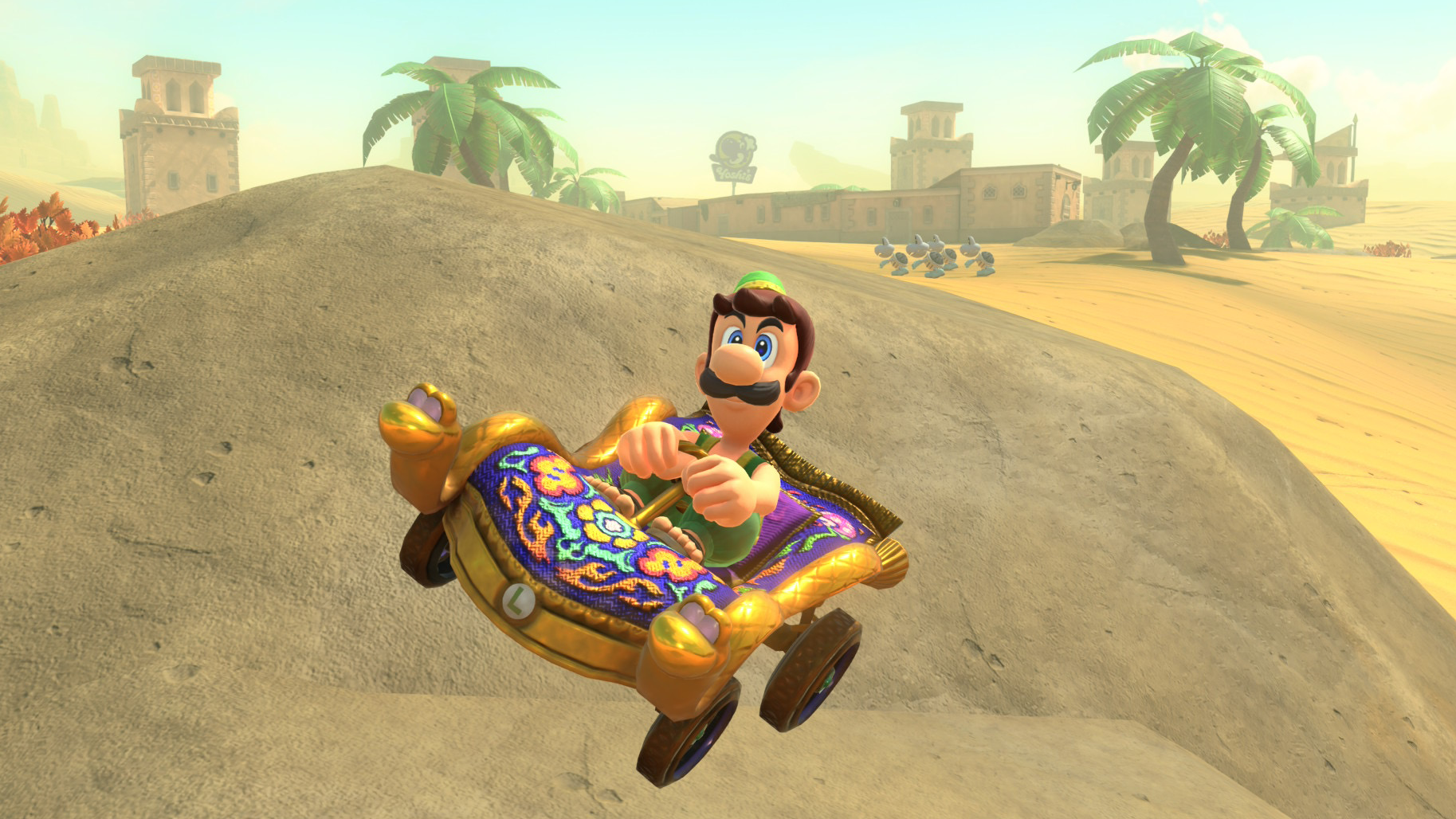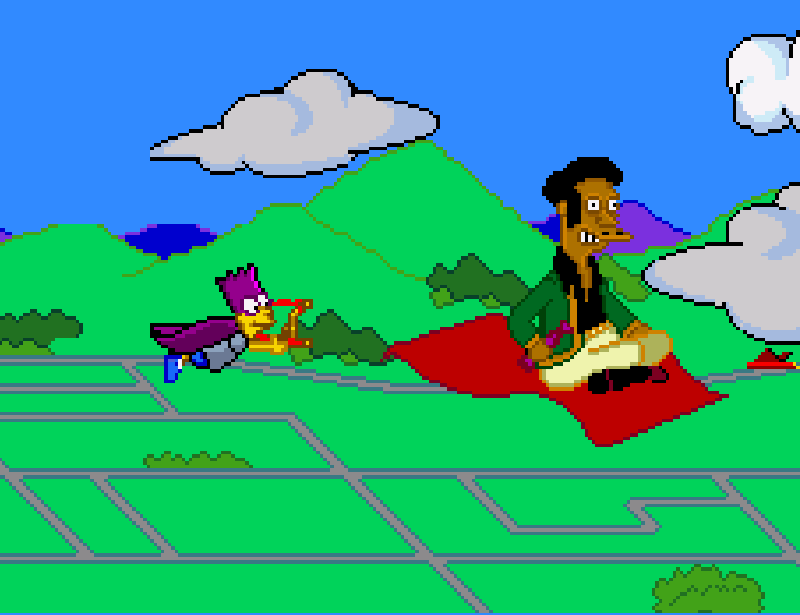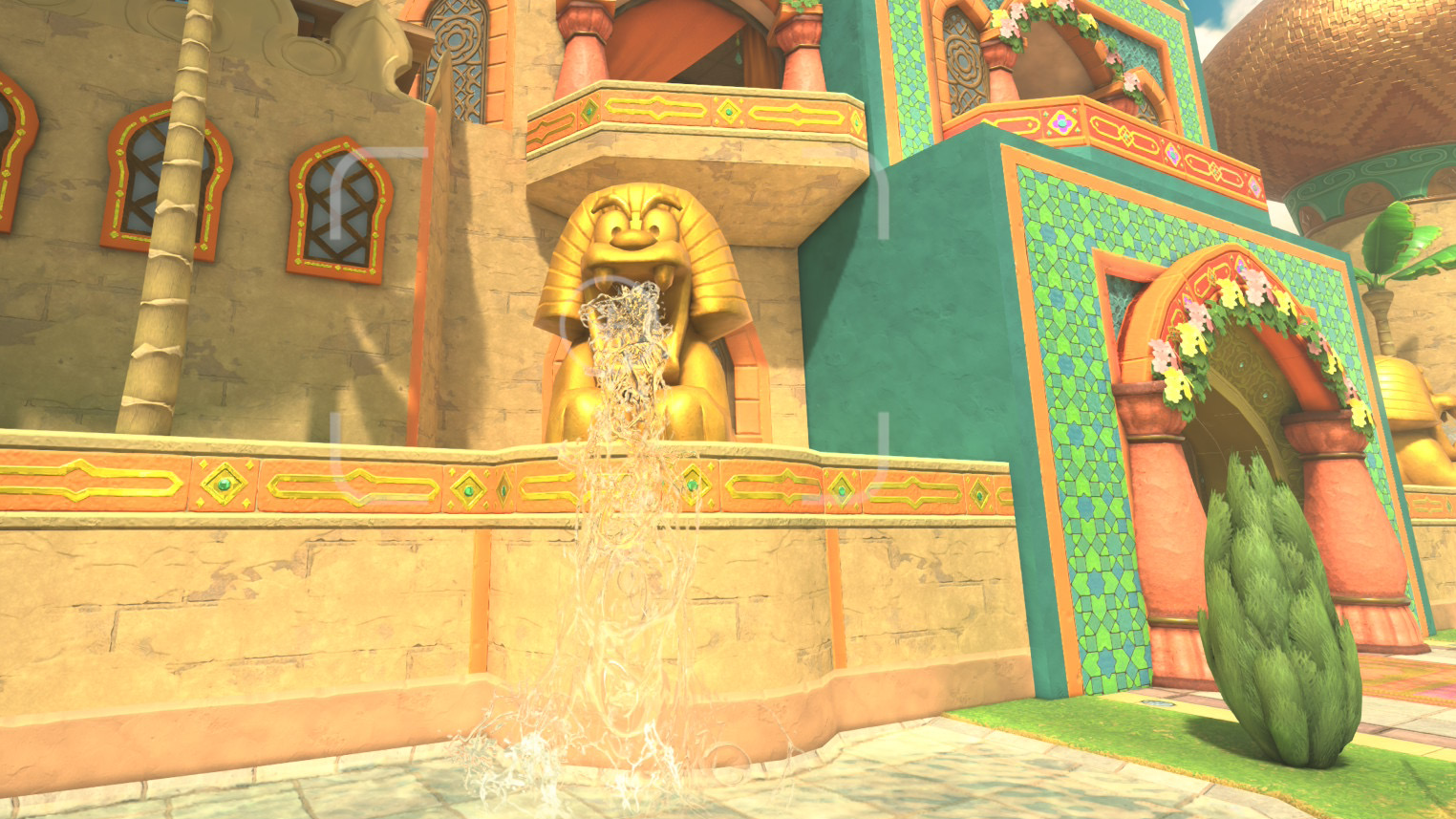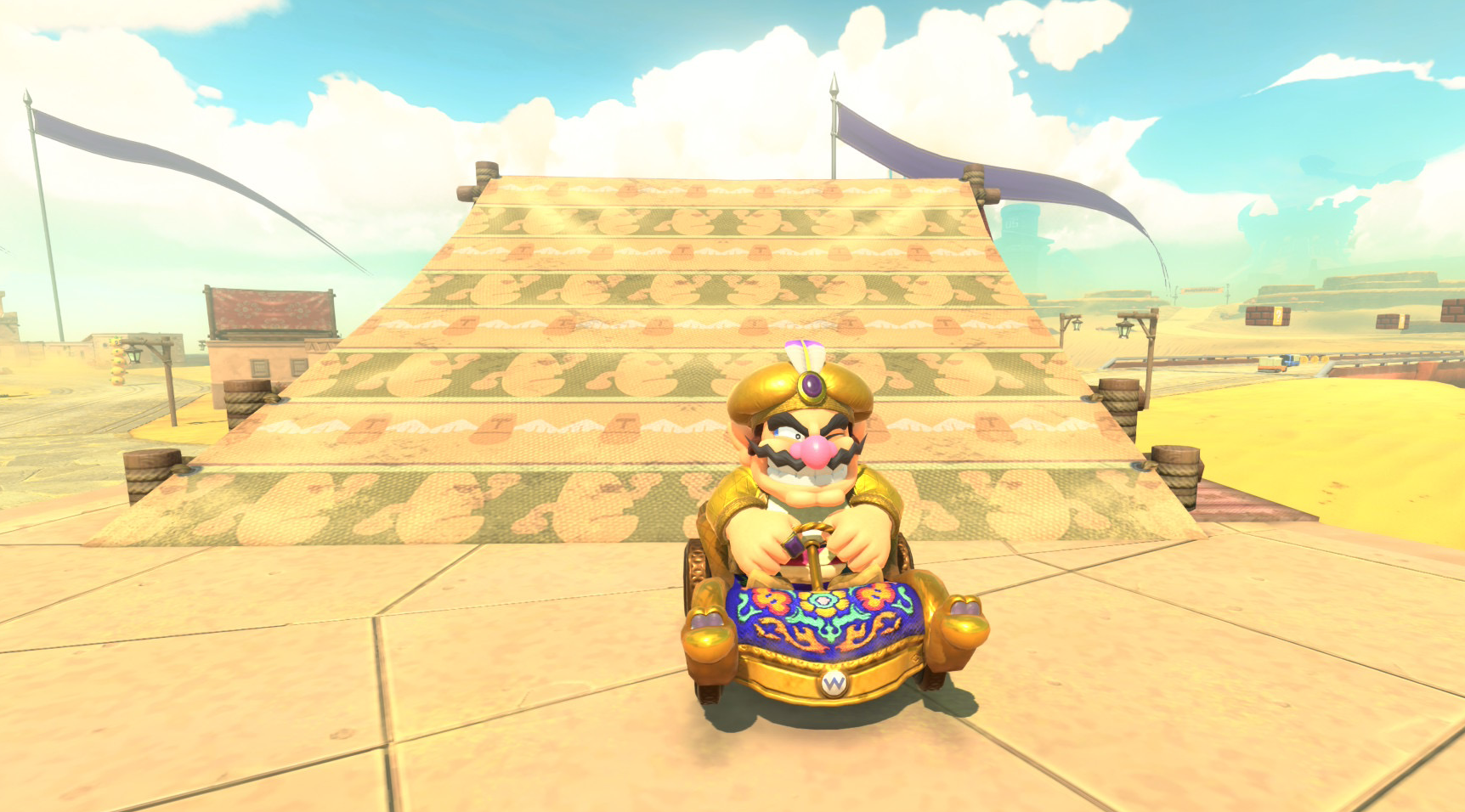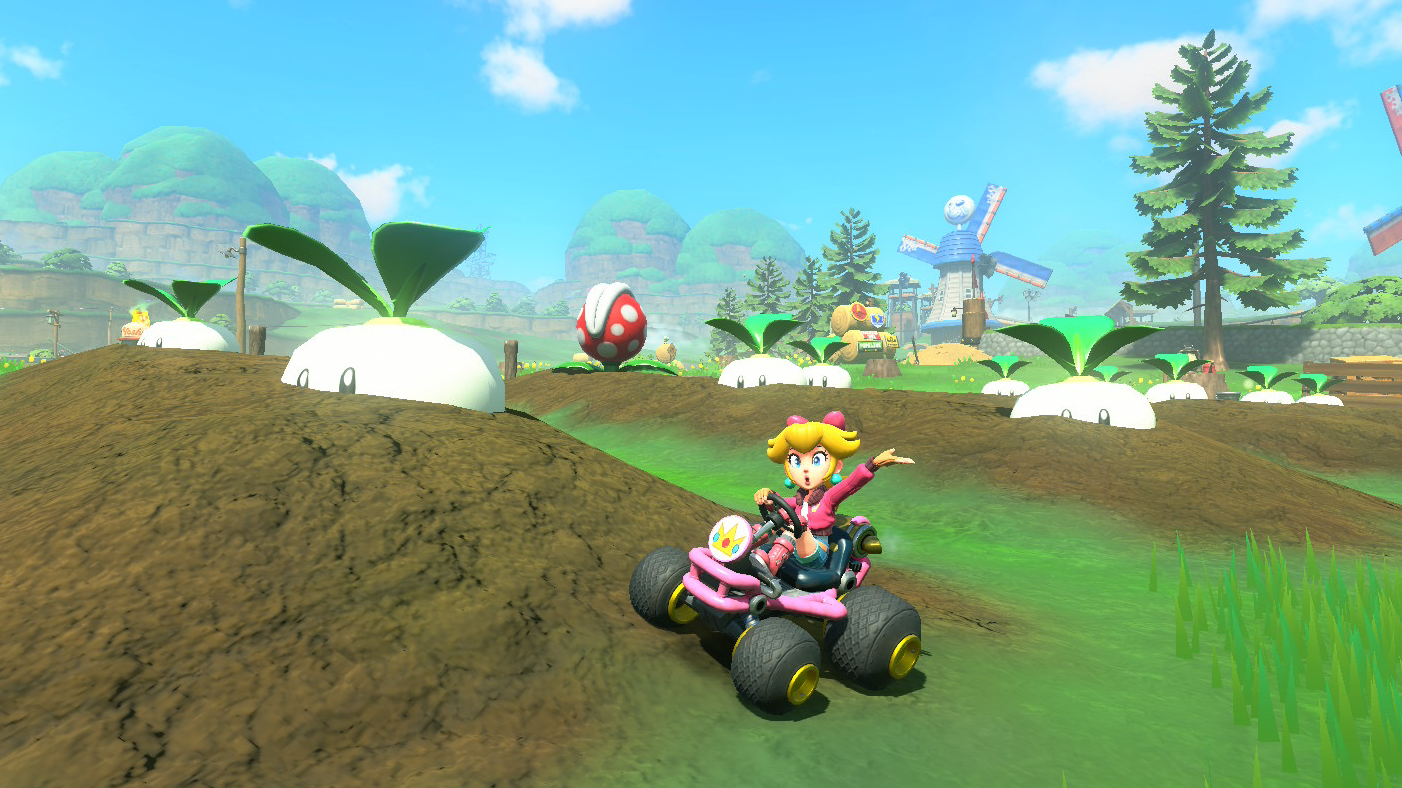Searching for Signs of Super Mario Bros. 2 in Mario Kart World
When will the good people of Subcon stand up to the imperial ambitions of Sarasaland?
A short while after Mario Kart World came out, I posted to Bluesky about Super Mario Bros. 2 erasure, and one of the responses made me realize how I’m an outlier for focusing on this one particular game in the series. It was something to the effect of having Bob-Ombs and Shy Guys should seem like SMB2 representation enough, and I guess for most people, it might be. Yes, Shy Guys did originate in SMB2 and Bob-Ombs technically did as well, but in my head, these recurring enemies are so thoroughly part of the larger franchise that in order to adequately scratch my itch, I need something special and specific — which is to say something that the average Mario-enjoying person might not even recognize. Give me Pansers. Give me Tweeters. Give me Pidgits on flying carpets.
Initially, I was stoked that one of the retro tracks included in this new game was Shy Guy Bazaar, which originated in Mario Kart 7 as a major callback to Super Mario Bros. 2. In addition to having Shy Guys everywhere, the original incarnation took place in a vaguely Arabian setting because the SMB2 setting was also vaguely Arabian, if more in the sense of fantasy along the lines of Aladdin than any real-world location. (I get into that subject in this post, if you’re interested.) One of the cool throwback details in this original version were tapestries that actually incorporated the sprites of some of the lesser-remembered SMB2 enemies: Cobrat, Phanto and yes, even Panser.
Image via this Looygi Bros. video on differences between the 3DS and Mario Kart World version of this track.
The original tapestries don’t come back in Mario Kart World, exactly, but Phanto at least gets a new one, complete with a key, and I honestly think I like this one even better.
While the new version of the course preserves the Shy Guys as well as the carpets, both flying and non-flying, it also retcons out some of the SMB2 elements, making the odd decision to reference a different overlooked member of the Super Mario platforming family, Super Mario Land. Normally, I’d be stoked, because this is one entry that historically has not got much love since its release for the Game Boy in 1989. If it’s remembered for anything, it’s that it’s the game that gave us Princess Daisy. But even that is complicated by the fact that slapping Daisy’s flower emblem on the buildings is the first time in a long while that Daisy has any kind of association with the desert. Whatever the logic, Shy Guy Bazaar now exists as a hybrid of SMB2’s vaguely Arabian setting and Super Mario Land’s vaguely Egyptian setting.
So imagine my surprise when I actually got to explore the area and saw that it actually had new SMB2 references, cultural mishmash notwithstanding. For example, there’s an alleyway showing off masks, and SMB2 certainly loves a mask.
Left to right: A Swoop (which originated in Super Mario World and not SMB2) but then a Phanto, a Shy Guy, another Shy Guy, a Snifit and then what I thought was a Tweeter but which more than a few people have conjectured is actually the mask worn by Grape in Princess Peach: Showtime.
This version also changes the appearances of snakes that hid in jars back in the 3DS version. Originally, they seemed more like generic snakes not referencing any particular thing, but now they look a lot more like Cobrat, the specific snake enemy from SMB2 that famously popped out of jars. In Mario Kart 7, bumping into one of these jars would result in a bunch of green snakes popping out. It was still a SMB2 reference, but it was pretty clear that whoever designed these snakes wasn’t specifically trying to evoke this character, especially since they would have had a visual reference in the stage already.
In Mario Kart World, however, hitting the moving pots yields a single snake — still green, but looking a lot more like the specific SMB2 enemy.
Left: The Cobrat (Japanese name: ガラゲーロ or Garagēro) as it appears in the instruction manual for Doki Doki Panic. Right: The updated art created for Super Mario USA.
If that’s supposed to be a Cobrat, just colored green instead of red, it would be the first time one has been seen outside a SMB2 remake since Super Mario All-Stars — and even then it was the tiniest of cameos, as the thing the King of Grass Land gets turned into before Mario transforms him back in Super Mario Bros. 3. (In the original NES version of the game, he got turned into a dog instead.)
I’m just not sure if this new snake is supposed to be a Cobrat or not.
Mario Kart World features a good number of animals that just behave more or less like their real-world counterparts, including buffalo, camels and giraffes. These would stand in opposition to more Super Mario-stye versions of animals, like Dolphin, Penguin and everyone’s favorite, Cow, which are all playable characters and which don’t really act like IRL animals. Points in favor of this green snake being part of the latter group include the fact that he has been given a Yoshi-style head, with a big, rounded muzzle, chubby cheeks and conjoined eyes like Sonic the Hedgehog. Cobrats never had this before, but other Super Mario-style animals have. Dorrie, for example, used to look a lot more like a real dinosaur before getting a Yoshi-style makeover. Plessie from Super Mario 3D World always had one, and so has Dolphin since its debut in Super Mario World.
A different Super Mario snake enemy — the Hisstocrat from Super Mario 3D World — also has the Yoshi-style head.
But it’s not a given that every reptile-adjacent character in a Super Mario game will. Case in point: crocodiles are another generic animal appearing in Mario Kart World, and they don’t have the Yoshi-style head.
And in case you’re considering this and are hung up on the matter of color, I’ll point out that it’s not necessarily a dealbreaker that the jar snake in Mario Kart World is green and not red. For one thing, the jars that Cobrats pop out in SMB2 are white with red designs, and the Mario Kart equivalents are green. I don’t know why snakes need to color coordinate with the jars they pop out of, but this is clearly an aesthetic shift that was made going back to Mario Kart 7. And while Cobrats themselves have always been red through every version of SMB2, there exists a sort of supersized version in Tryclyde, the boss character that essentially looked like a three-headed Cobrat. In the original version of SMB2, Tryclyde was the same color red, but for Super Mario All-Stars and all subsequent versions, he was a minty green color.
Finally, a snake with the same design shows up as part of Carpet Flyer vehicle. It’s another fairly obvious SMB2 nod, and the fact that it incorporates the Mario Kart World snakes makes me think someone at Nintendo wants us to think this game’s snakes and Cobrat are one in the same, even if the flower design on the carpet itself seems intended to evoke Daisy than it is anything actually from SMB2.
To sum up, here is the question I’m trying to ask, knowing that it will probably never be answered: Is the green snake in Mario Kart World supposed to be a version of a Cobrat, all these years later? Or is it just a generic green snake that’s been made in the image of Yoshi because that is often (though not always) how reptiles look in this game series?
The obvious follow up question, of course: Has anyone else given this a moment of thought? That one seems more likely to be answered, I suppose.
Miscellaneous Notes
In my piece on why Super Mario Bros. 2 is apparently missing a level, I talk about how there’s a lot of stereotyping going on in Doki Doki Panic, both in the setting and in the main cast that got tossed out of that game when it was turned into a game for American audiences. To a degree, that’s being done in the new Mario Kart World version of Shy Guy Bazaar as well. What was originally supposed to be an Arabian fantasy-themed stage got turned into a showcase for Daisy, even though the closest thing to anything Arabian in Super Mario Land was Birabuto Kingdom, the Egyptian-themed area in that game. And while Egypt is an Arab nation, there’s some cultural and geographic distance between ancient Egypt and the fantasy world of, say, One Thousand and One Nights. I think it comes down to people just thinking of that whole part of the world as just one undifferentiated thing. It also makes me think about how the 1992 Simpsons video game Bart’s Nightmare features Apu, famously an Indian-American character, riding a magic carpet.
It’s like, “Dude, that is a stereotype and also it’s not even the right stereotype.”
The term bazaar gets used freely, irrespective of the culture associated, but I was curious where it comes from. It turns out it’s just “market” in Persian. Interestingly, that’s not what it’s called in in Japanese, where the name for this track has always been ヘイホーカーニバル or Heihō Kānibaru — literally “Shy Guy Carnival.”
All that said, the outside of Daisy’s castle features fountain statues of Gao, the fire-breaking sphinx enemy monster from Super Mario Land, and they do look cool, cultural significance notwithstanding.
Some of the new carpet designs in this area showcase Super Mario Land enemies as well. This one, for example, shows off the Tokotoko, a moai head enemy in that game.
Tokotoko and Batadon, another moai enemy, have not been seen in a game since Super Mario Land, but their inclusion in this stage might seem strange since they were originally associated with one of the non-desert levels in that game. I think the explanation might have something to do with yet another moai character, Moe-Eye, being associated with Sand Kingdom in Super Mario Odyssey. Maybe folks at Nintendo think of the stoneheads as one big family, and the desert association for one makes it make sense for all of them? I really don’t know.
Daisy has been referred to as a desert princess in-game, but technically, Sarasaland is only one-quarter desert. The other three regions — Muda Kingdom, Easton Kingdom and Chai Kingdom — are themed after the Bermuda triangle, Easter Island and ancient China, respectively. As I explain in this post, In Japanese, Sarasaland takes its name from the Japanese word for calico, a fabric often featuring a floral print, hence Daisy’s name, but also used in patchwork quilts that feature contrasting designs laid next to each other. I think the notion of Sarasaland having distinctly themed regions is a reflection of this etymology.
The original Mario Kart 7 version of Shy Guy Bazaar also had giant turnips growing as another nod to SMB2. The Mario Kart World version gets rid of them, which is a bummer, but the new version of Moo Moo Meadows now has a crop of them. And that’s something.
And speaking of all things Moo Moo, was I the only one surprised that the official name for the playable representative of this track was Cow and not Moo Moo? I guess the penguin character is Penguin and the dolphin character is Dolphin, but still.


